Publications in 2025
Featured Products
-
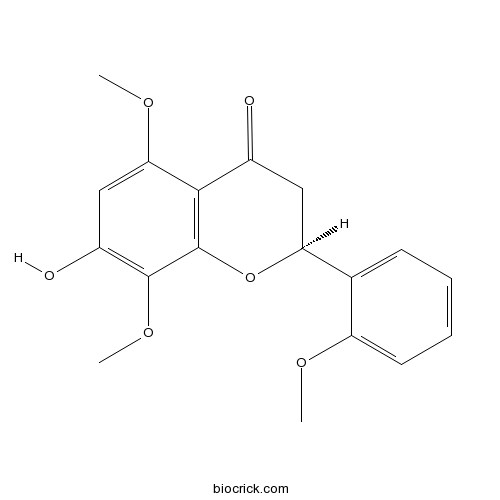
7-Hydroxy-2',5,8-trimethoxyflavanone
CAS NO.:100079-34-3 Cat. No.:BCN5817 -
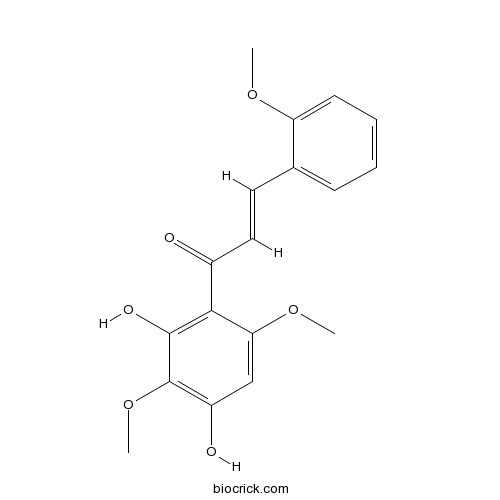
2',4'-Dihydroxy-2,3',6'-trimethoxychalcone
CAS NO.:100079-39-8 Cat. No.:BCN1643 -
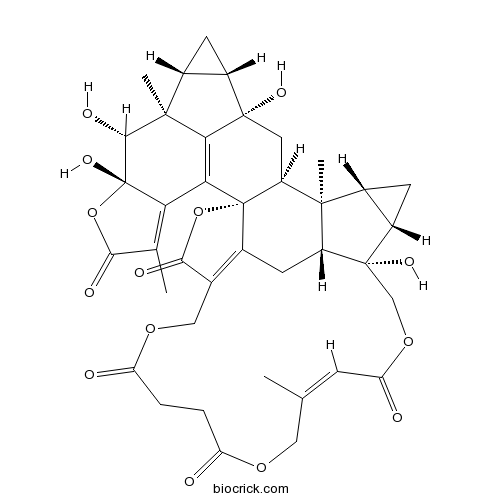
Chloramultilide B
CAS NO.:1000995-47-0 Cat. No.:BCN6613 -
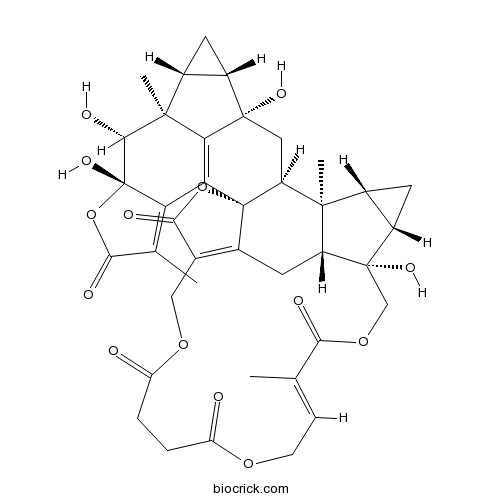
Chloramultilide C
CAS NO.:1000995-48-1 Cat. No.:BCN6618 -
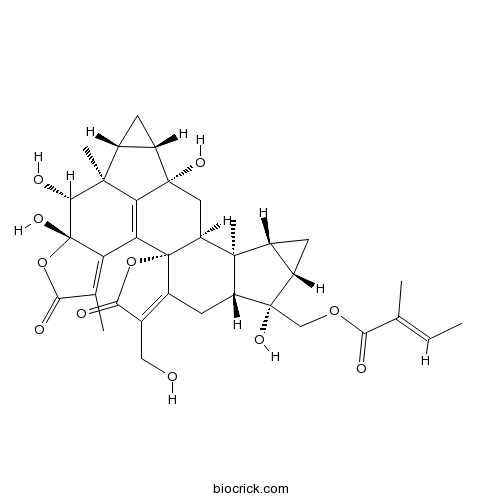
Chloramultilide D
CAS NO.:1000995-49-2 Cat. No.:BCN7102 -
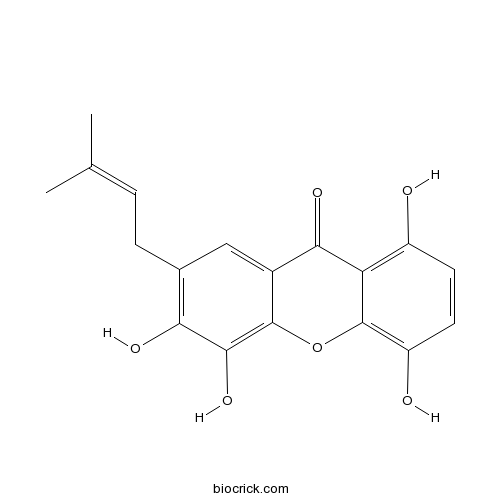
1,4,5,6-Tetrahydroxy-7-prenylxanthone
CAS NO.:1001424-68-5 Cat. No.:BCN1642 -
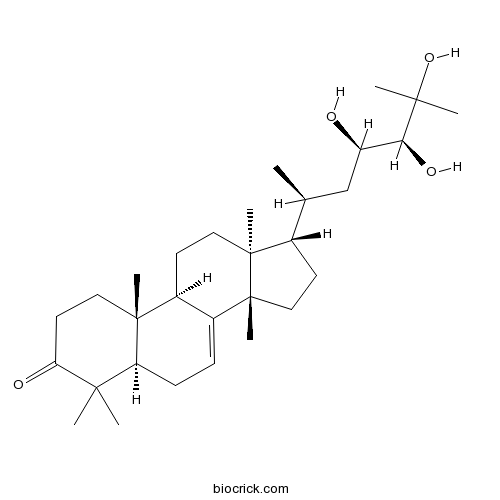
Piscidinol A
CAS NO.:100198-09-2 Cat. No.:BCN5818 -
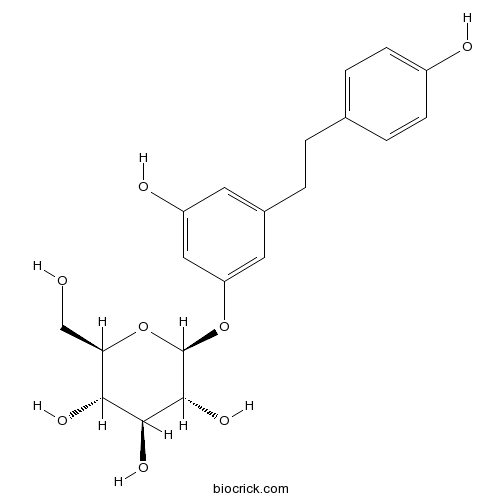
Dihydroresveratrol 3-O-glucoside
CAS NO.:100432-87-9 Cat. No.:BCN5821 -

Gelomulide N
CAS NO.:1005212-02-1 Cat. No.:BCN6641 -
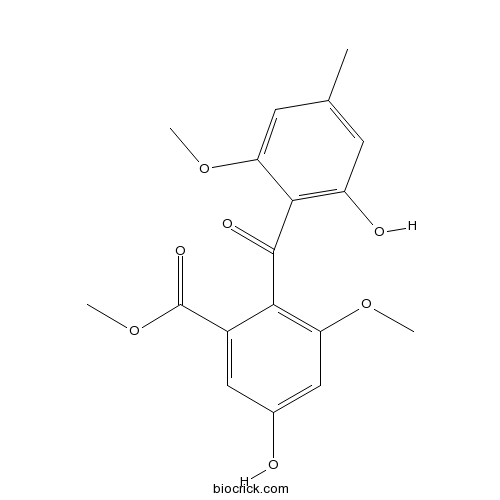
Monomethylsulochrin
CAS NO.:10056-14-1 Cat. No.:BCN7255 -
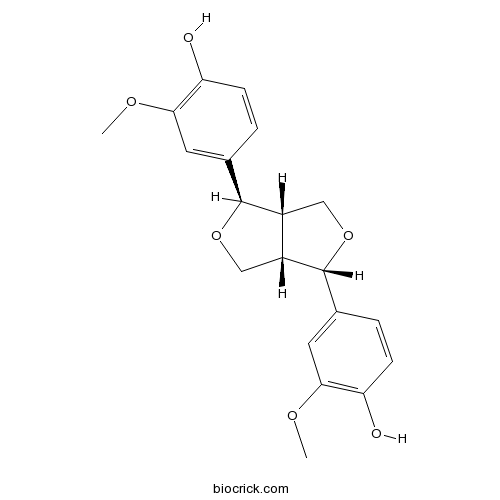
(-)-Epipinoresinol
CAS NO.:10061-38-8 Cat. No.:BCN3377 -
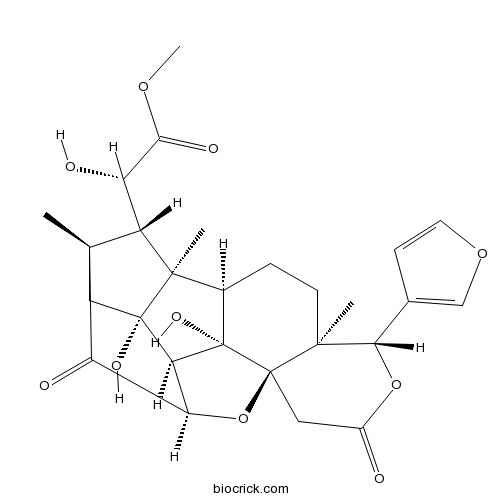
1-O-Deacetylkhayanolide E
CAS NO.:1007387-95-2 Cat. No.:BCN5823 -
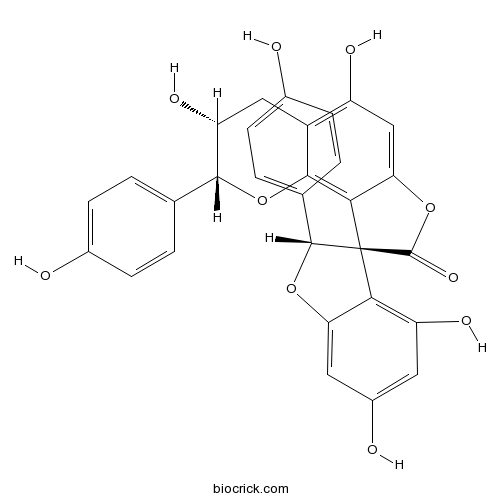
Larixinol
CAS NO.:101046-79-1 Cat. No.:BCN6484 -
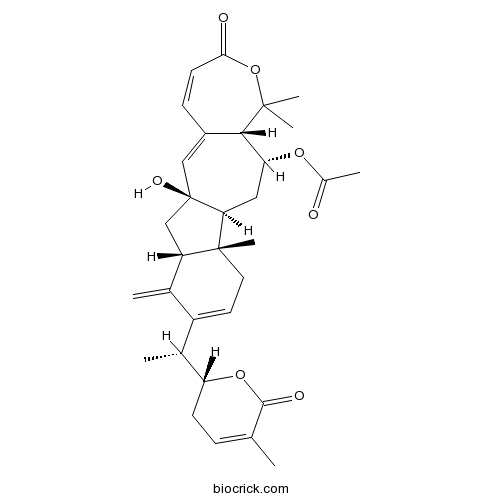
Longipedlactone J
CAS NO.:1011762-93-8 Cat. No.:BCN6644 -

Kushenol L
CAS NO.:101236-50-4 Cat. No.:BCN3309 -
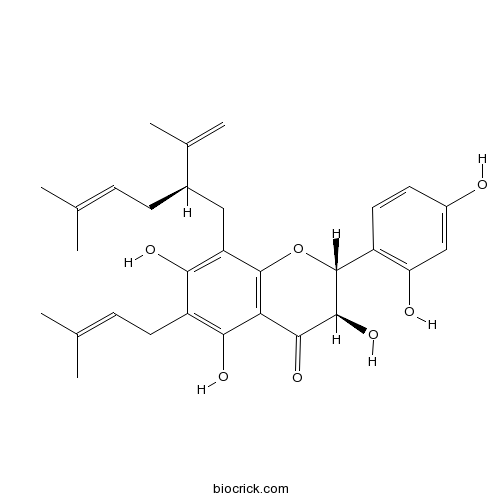
Kushenol M
CAS NO.:101236-51-5 Cat. No.:BCN3310 -

Formosanol
CAS NO.:101312-79-2 Cat. No.:BCN5826 -
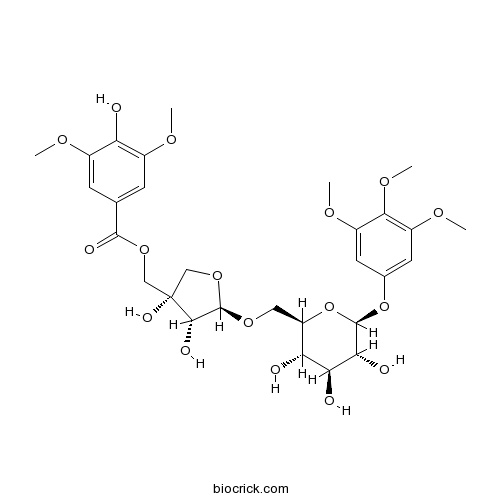
5''-O-Syringoylkelampayoside A
CAS NO.:1014974-98-1 Cat. No.:BCN4798 -
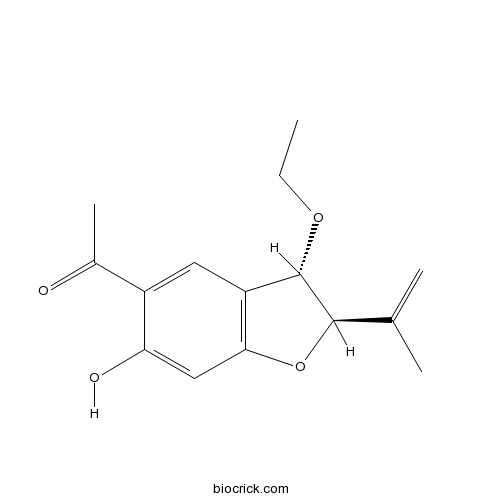
trans-2,3-Dihydro-3-ethoxyeuparin
CAS NO.:1015698-14-2 Cat. No.:BCN6923 -
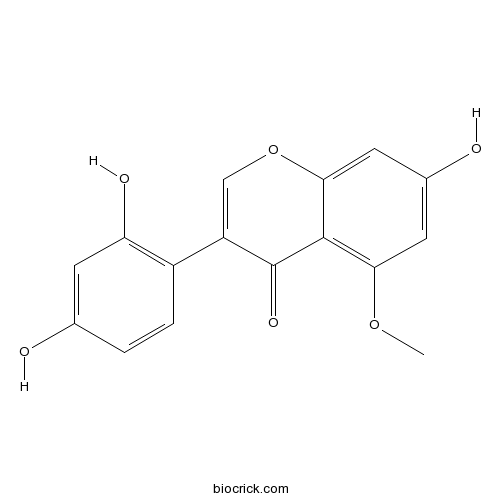
Barpisoflavone A
CAS NO.:101691-27-4 Cat. No.:BCN4739 -
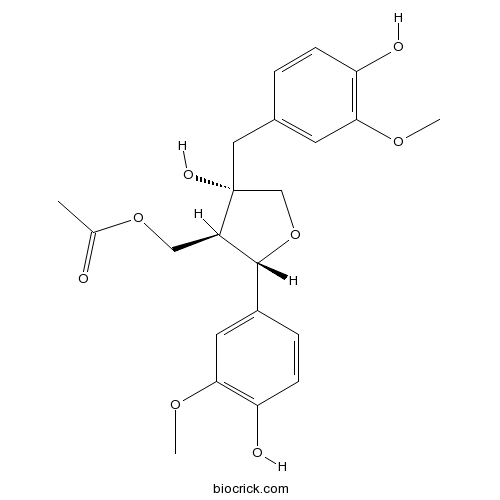
Olivil monoacetate
CAS NO.:1016974-78-9 Cat. No.:BCN4738 -
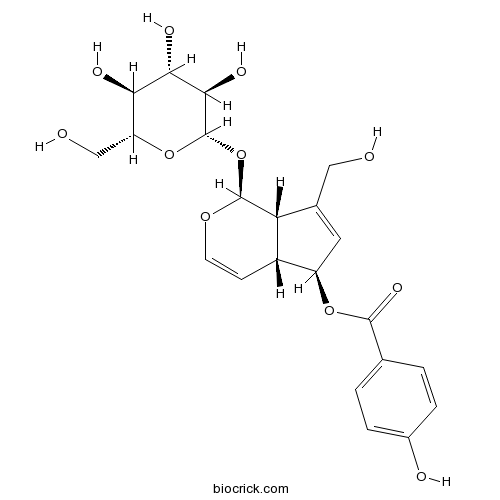
6-O-p-Hydroxybenzoylaucubin
CAS NO.:1016987-87-3 Cat. No.:BCN5831 -

Sanggenofuran B
CAS NO.:1017277-40-5 Cat. No.:BCN7194 -
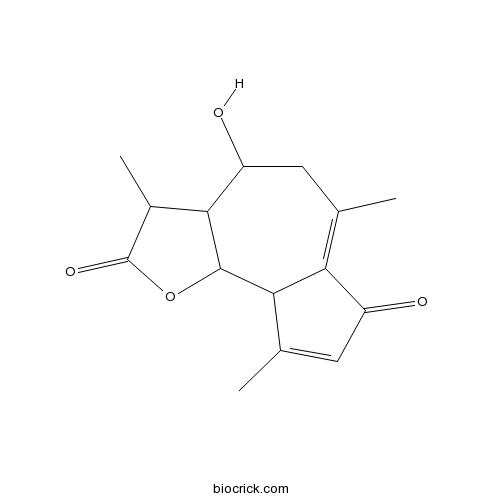
Desacetylmatricarin
CAS NO.:10180-88-8 Cat. No.:BCN7258 -
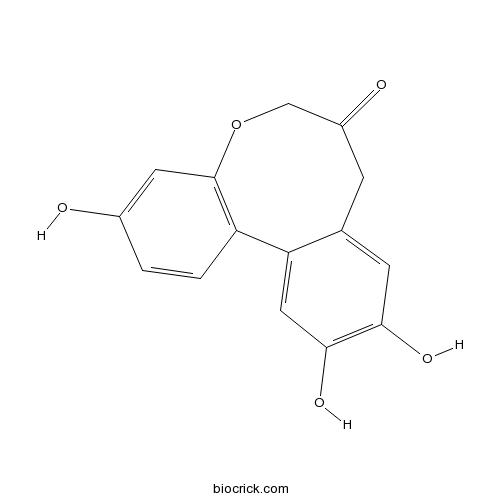
Protosappanin A
CAS NO.:102036-28-2 Cat. No.:BCN7259 -

3-O-Methyltirotundin
CAS NO.:1021945-29-8 Cat. No.:BCN5837 -
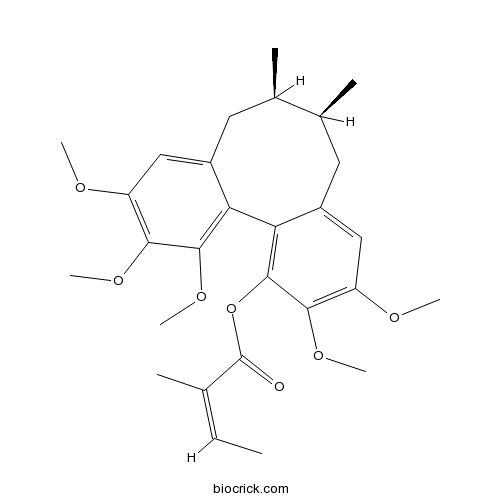
Negsehisandrin G
CAS NO.:1023744-69-5 Cat. No.:BCN2674 -

Kushenol N
CAS NO.:102490-65-3 Cat. No.:BCN2984 -

Periglaucine A
CAS NO.:1025023-04-4 Cat. No.:BCN5839 -
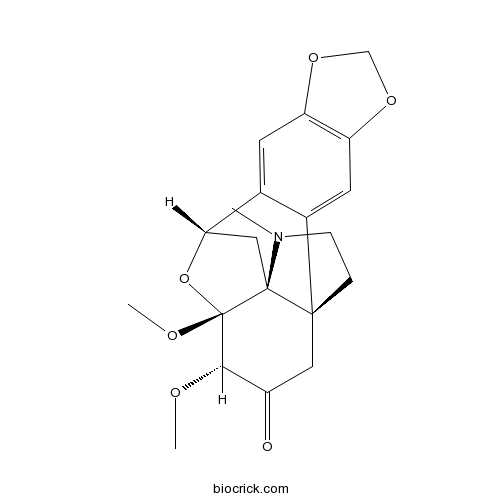
Periglaucine B
CAS NO.:1025023-05-5 Cat. No.:BCN7053
New Products
-
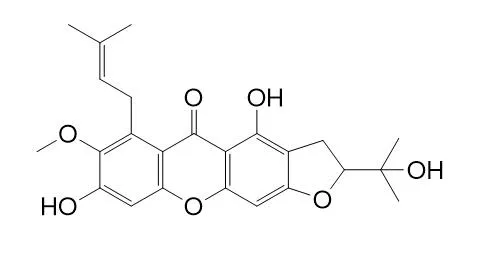
Mangostanin
CAS NO.:463342-39-4 Cat. No.:BCX2146 -
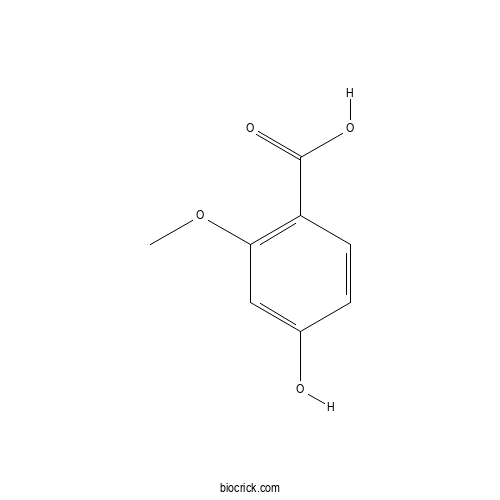
4-Hydroxy-2-methoxybenzoic acid
CAS NO.:90111-34-5 Cat. No.:BCX2145 -
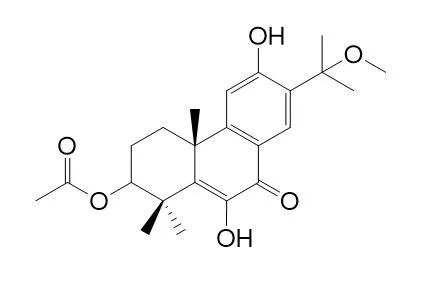
15-O-Methylgraciliflorin F
CAS NO.:1411994-51-8 Cat. No.:BCX2144 -
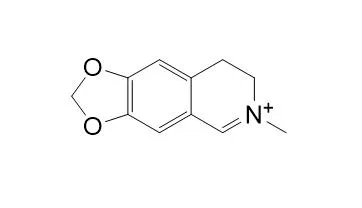
Hydrastinine
CAS NO.:5936-29-8 Cat. No.:BCX2143 -
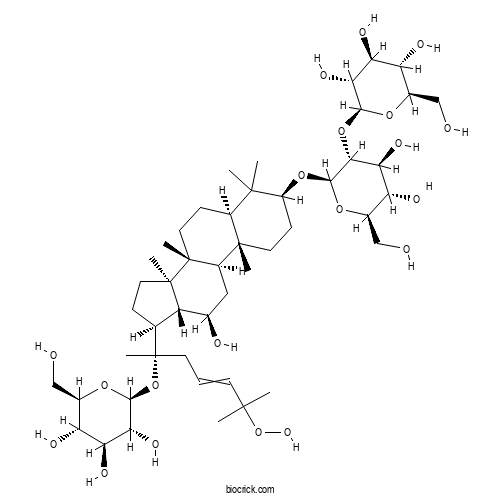
Notoginsenoside E
CAS NO.:193976-50-0 Cat. No.:BCX2142 -
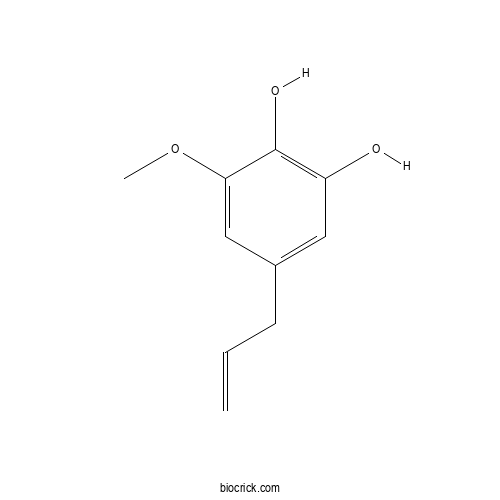
5-Allyl-1-methoxy-2,3-dihydroxybenzene
CAS NO.:4055-72-5 Cat. No.:BCX2141 -
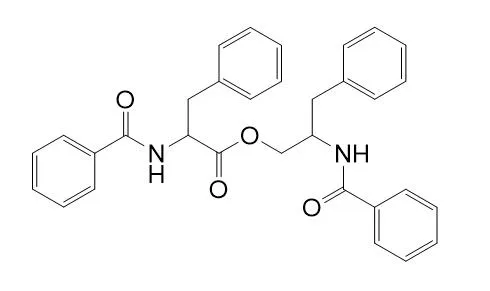
Auranamide
CAS NO.:740813-53-0 Cat. No.:BCX2140 -
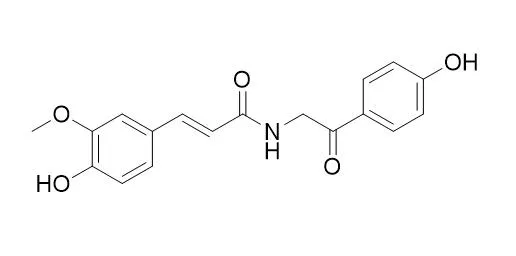
Terrestriamide
CAS NO.:157536-49-7 Cat. No.:BCX2139 -
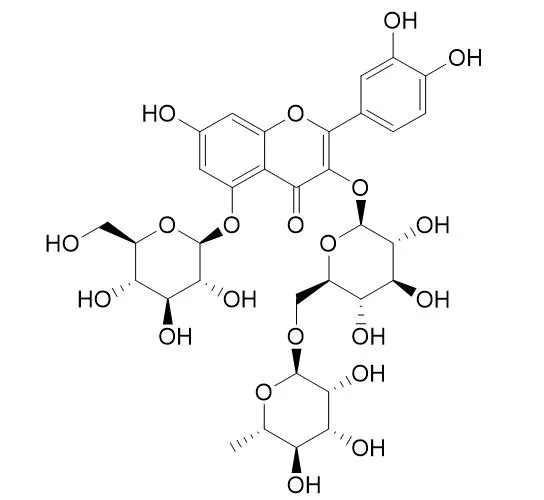
Quercetin-5-O-glucoside-3-O-rutinoside
CAS NO.:1478622-04-6 Cat. No.:BCX2138 -
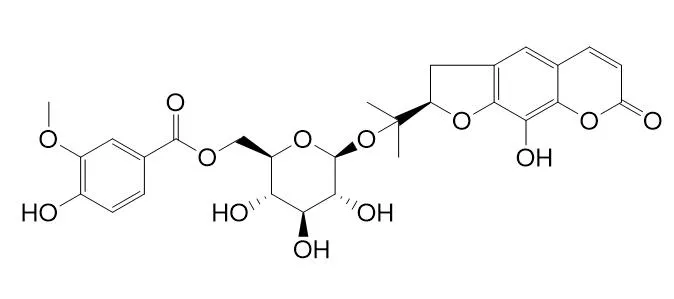
Praeroside I
CAS NO.:121064-73-1 Cat. No.:BCX2137 -
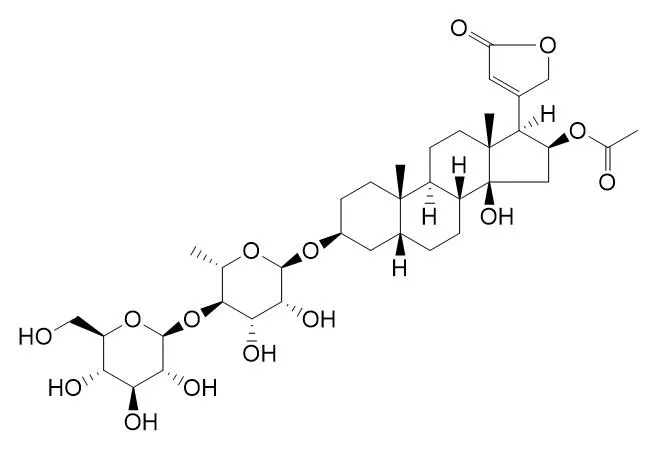
Cryptostigmin II
CAS NO.:50906-57-5 Cat. No.:BCX2136 -
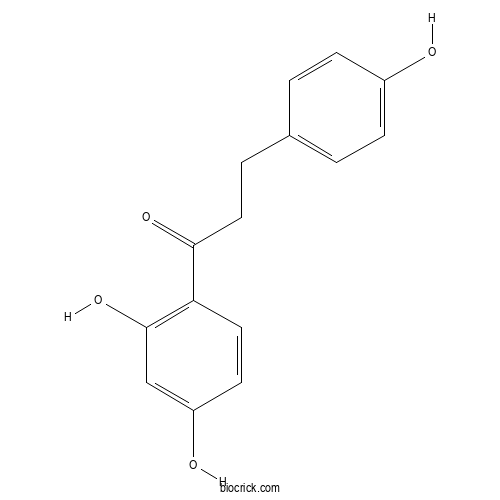
Davidigenin
CAS NO.:23130-26-9 Cat. No.:BCX2135 -
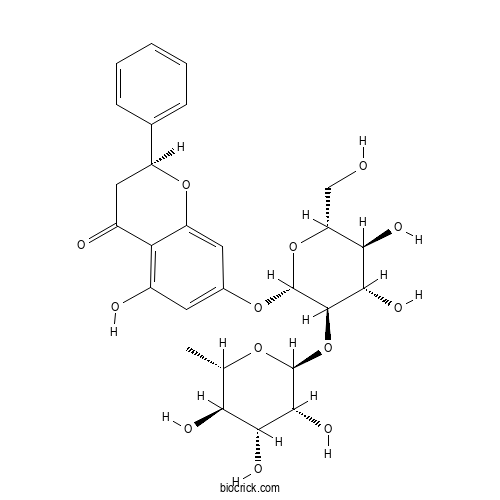
Pinocembrin 7-O-neohesperidoside
CAS NO.:13241-31-1 Cat. No.:BCX2134 -
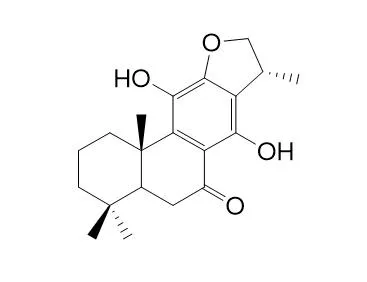
Gerardianin A
CAS NO.:137171-31-4 Cat. No.:BCX2133 -
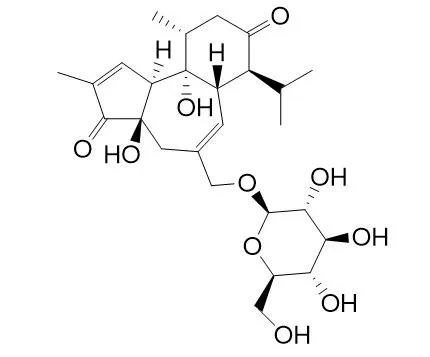
Euphopiloside A
CAS NO.:1610615-04-7 Cat. No.:BCX2132 -
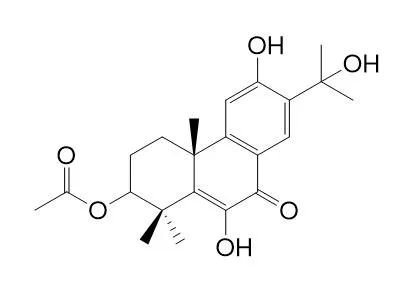
Graciliflorin F
CAS NO.:1413941-67-9 Cat. No.:BCX2131 -
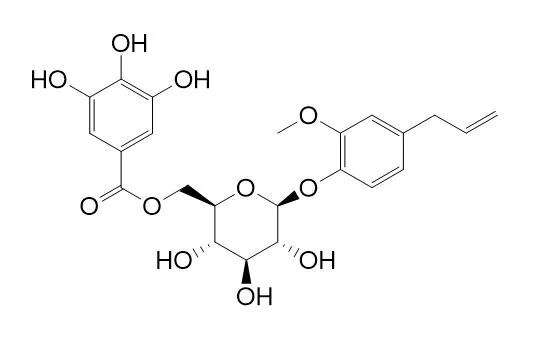
Eugenol 4-O-beta-D-(6'-O-galloyl) glucopyranoside
CAS NO.:152041-15-1 Cat. No.:BCX2130 -

Plumbagic acid
CAS NO.:75640-06-1 Cat. No.:BCX2129 -
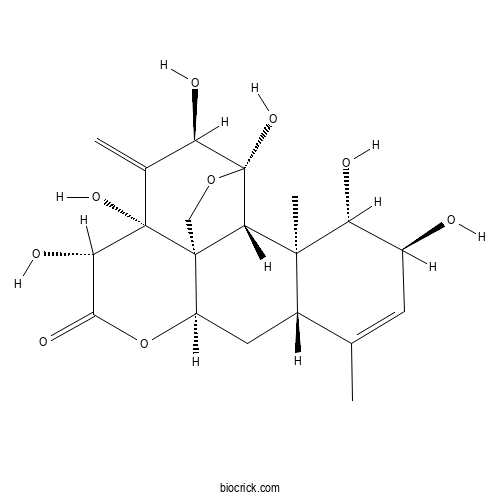
Etuycomanol
CAS NO.:84633-28-3 Cat. No.:BCX2128 -
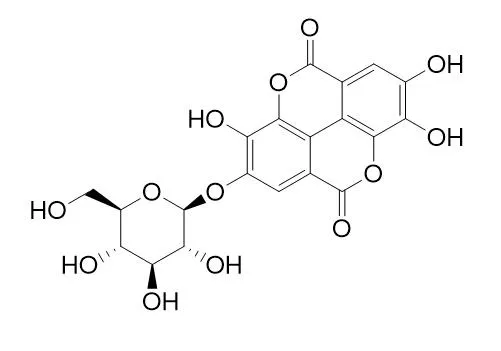
Ellagic acid glucoside
CAS NO.:163774-64-9 Cat. No.:BCX2127 -
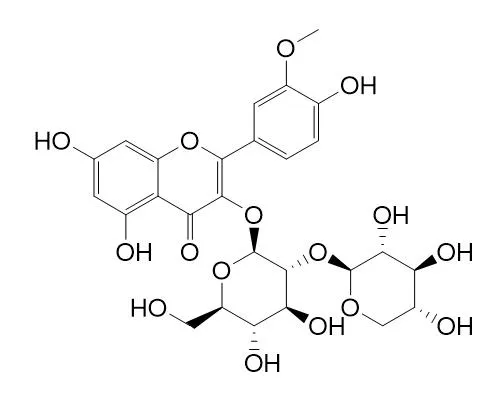
Isorhamnetin 3-sambubioside
CAS NO.:142059-76-5 Cat. No.:BCX2126 -
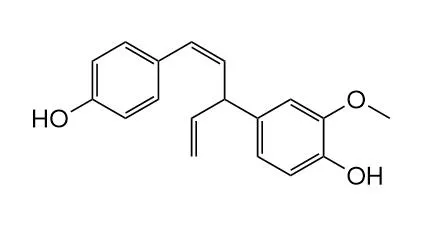
3'-Methoxynyasin
CAS NO.:1685246-20-1 Cat. No.:BCX2125 -
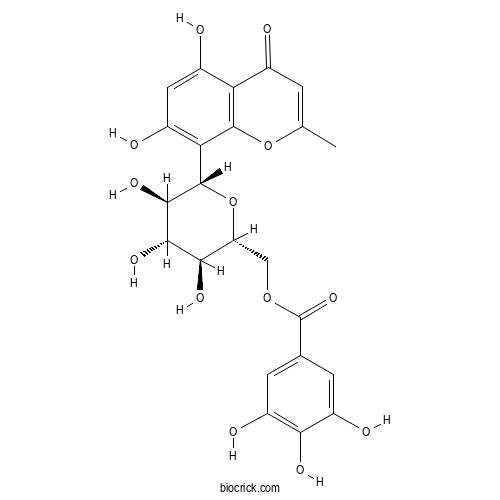
8-C-beta-D-(6-O-galloyl)glucosylnoreugenin
CAS NO.:152041-17-3 Cat. No.:BCX2124 -
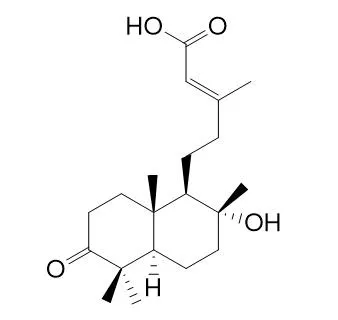
Callicapoic acid M1
CAS NO.:2756970-65-5 Cat. No.:BCX2123 -
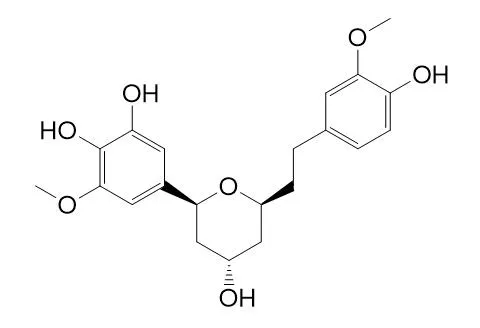
1,5-Epoxy-3S-hydroxy-1-(3,4-dihydroxy-5-methoxyphenyl)-7-(4-hydroxy-3-methoxyphenyl)heptane
CAS NO.:182369-54-6 Cat. No.:BCX2122 -
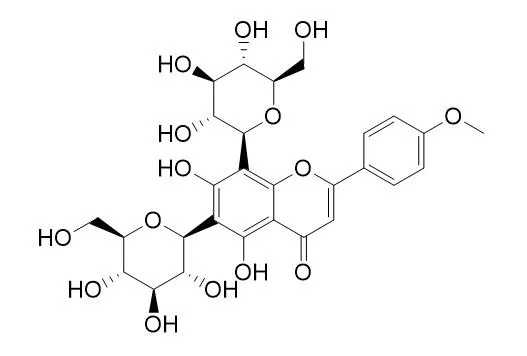
6,8-Di-C-beta-D-glucopyranosylacacetin
CAS NO.:28234-99-3 Cat. No.:BCX2121 -
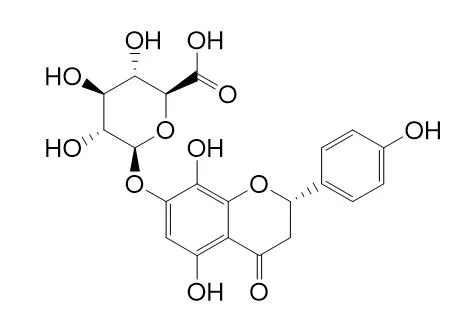
Isocarthamidin 7-O-glucuronide
CAS NO.:119600-61-2 Cat. No.:BCX2120 -

7-O-Methylhorminone
CAS NO.:122482-10-4 Cat. No.:BCX2119 -
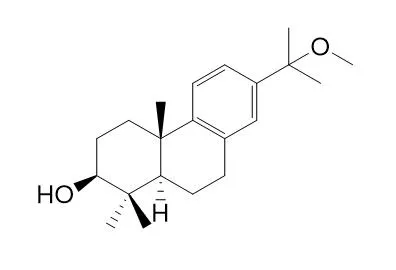
Isolophanthin B
CAS NO.:1370511-57-1 Cat. No.:BCX2118 -

Fischeroside B
CAS NO.:1307257-08-4 Cat. No.:BCX2117
Browse by Research Area
Innovative tools for life science research
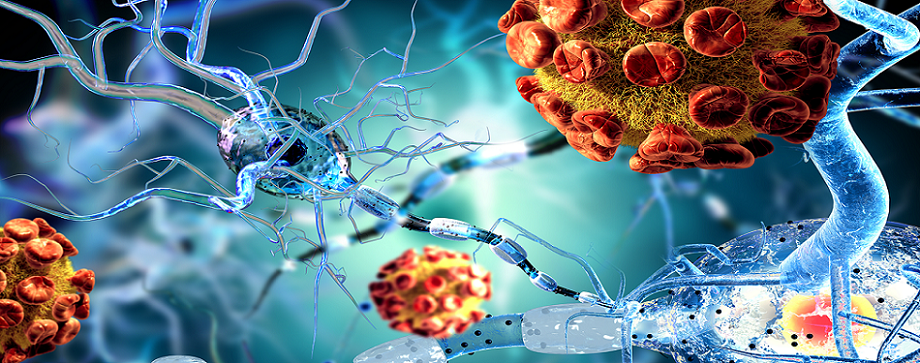
Neuroscience
Neuroscience
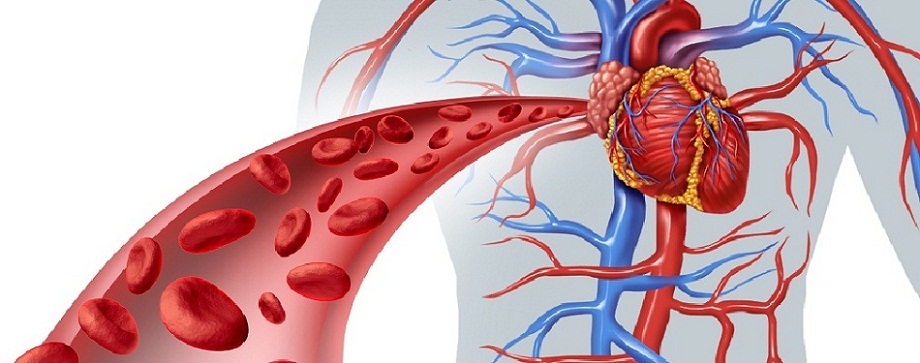
Cardiovascular
Cardiovascular
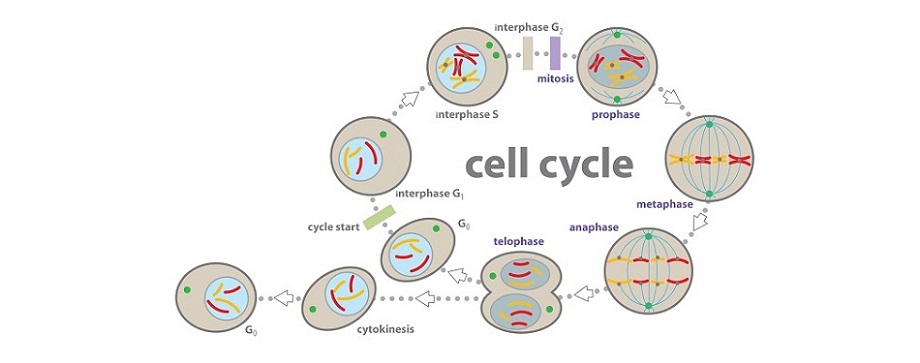
Cell Cycle
Cell Cycle
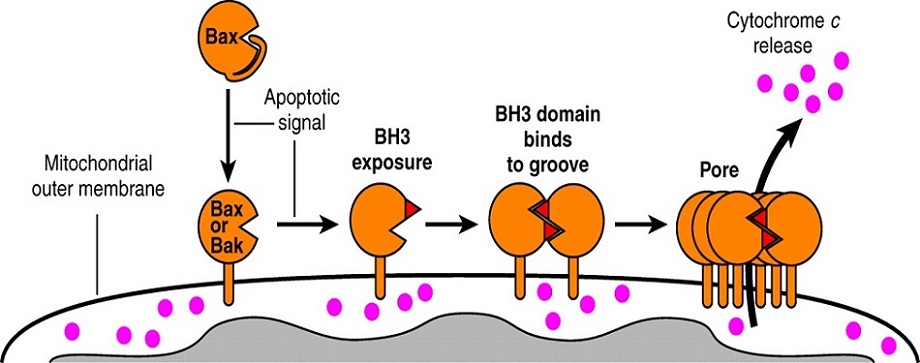
Apoptosis
Apoptosis
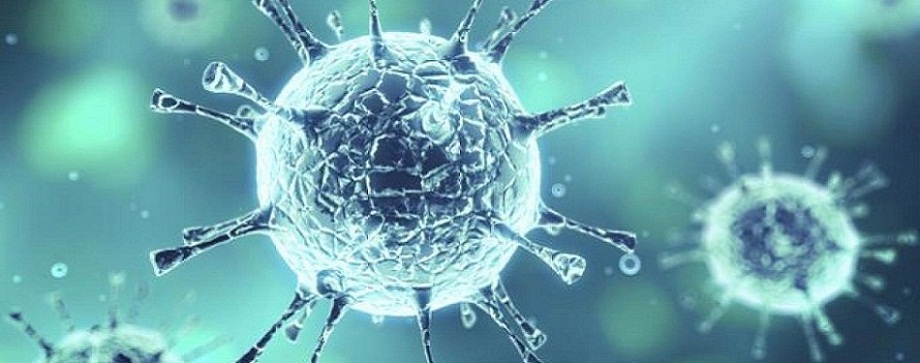
Immunology
Immunology
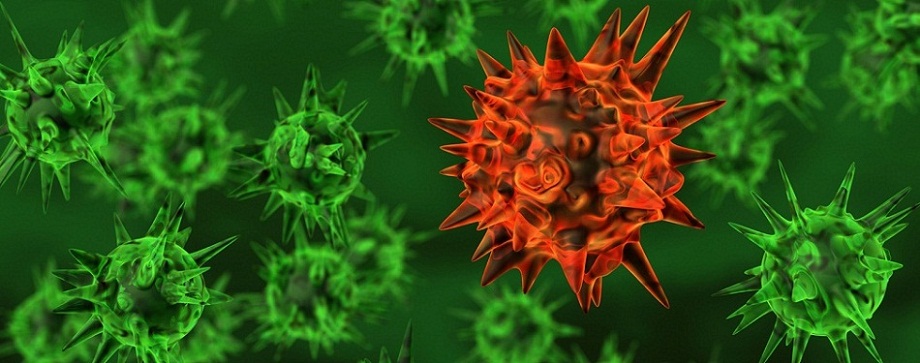
microbiology and virology
Microbiology and Virology
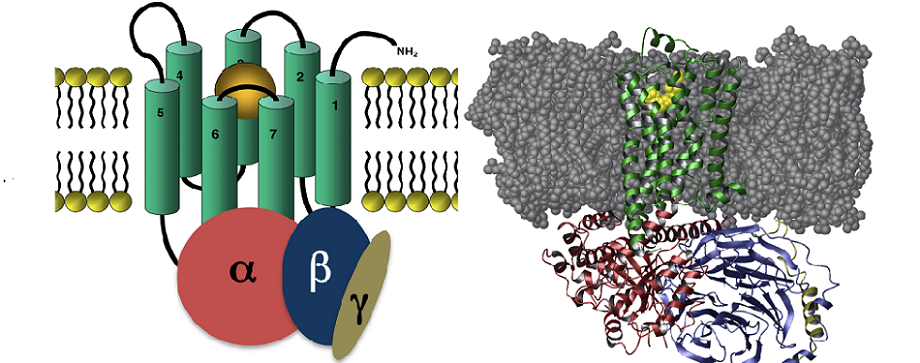
GPCR/G protein
GPCR/G protein
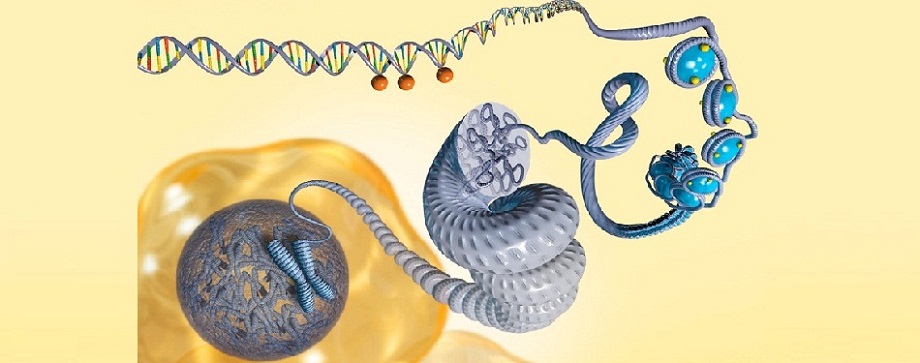
Epigenetics
Epigenetics
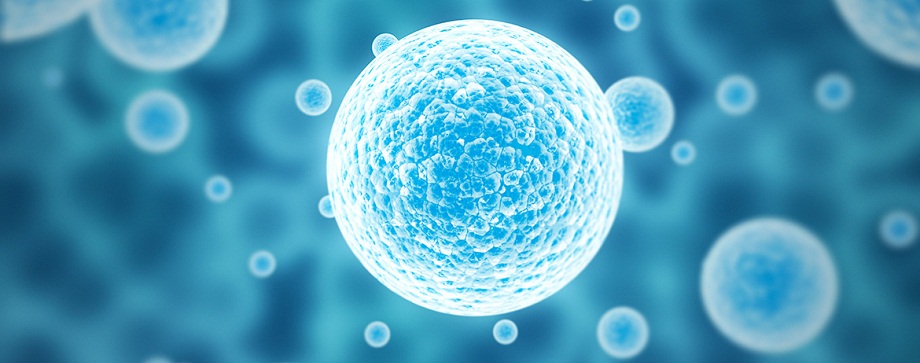
Stem Cells
Stem Cells
Our Expertise
We make all our products from start to finish, so we know every last detail about
each one.
Plus, we test every single product in a variety of applications as standard, refusing
to sell any products without high quality.
Access our expertise and technical support from anywhere in the world, 24 hours
a day – kindly please contact us if you need.
- Data available on request.
- 24 hours technical support.
Our Guarantee
We cover all our products with our hassle-free, full money-back refund – we don’t
think you’ll need to use it, but it’s there just in case.
Our guarantee gives you the confidence to put our products to the test in a risk-free
environment.
Application is not listed on our datasheet will still be covered by our guarantee.
- All your money back, (including shipping costs).
- Cash, credit.
Beyond the Shell: Unpacking the Nutritional Value and Risks of Sunflower Seeds
Nutritional Value and Risks of Sunflower Seeds In previous discussions, we've explored the health benefits and potential risks associated with nuts. A common follow-up question, particularly from a Chinese perspective, often arises: What about sunflower seeds? While nuts may not be a daily staple in the Chinese diet, sunflower seeds are consumed with remarkable frequency, a truly distinctive cultural practice. From a nutritional standpoint, sunflower seeds and nuts are often categorized together due to their similar nutrient profiles and health-promoting properties. A Nutritional Snapshot: More Than Just a Snack Like nuts, sunflower seeds are nutrient-dense powerhouses ……view more
Are avocados a health food?
Avocado: California's Green Gold – A Healthy Delight? Originating in Mexico, the avocado continues to thrive there as a major crop producer. Its journey to California began in the 19th century, where it flourished to such an extent that 90% of the U.S. avocado supply now comes from the Golden State. It's no surprise, then, that the avocado holds the esteemed title of California's official state fruit, deeply woven into its culinary fabric. From the iconic California Roll, famously featuring a slice of avocado, to the ubiquitous use of guacamole in Mexican-style dishes, this creamy fruit is a staple. But given its rich, buttery texture, a common question arises: Is something so del ……view more

































